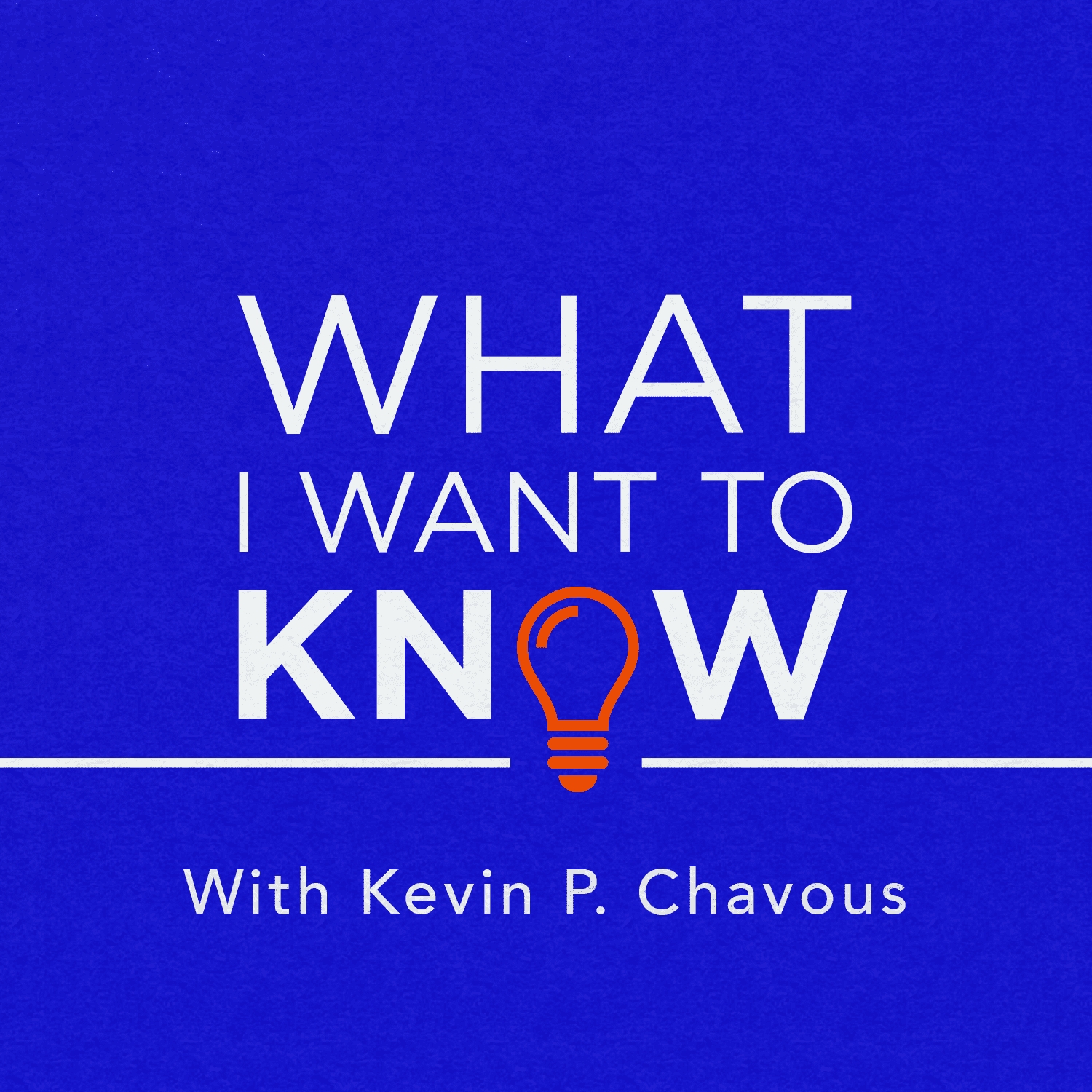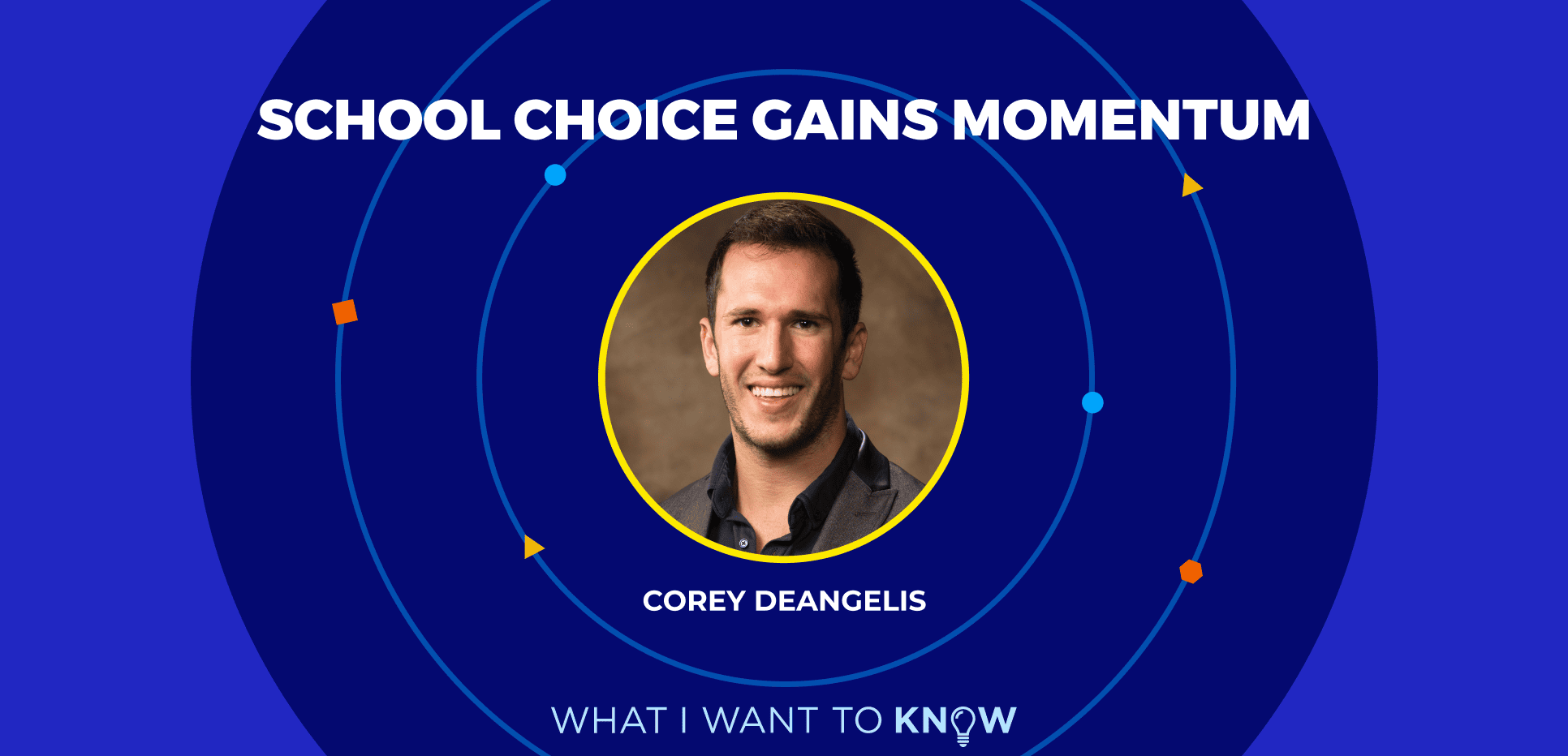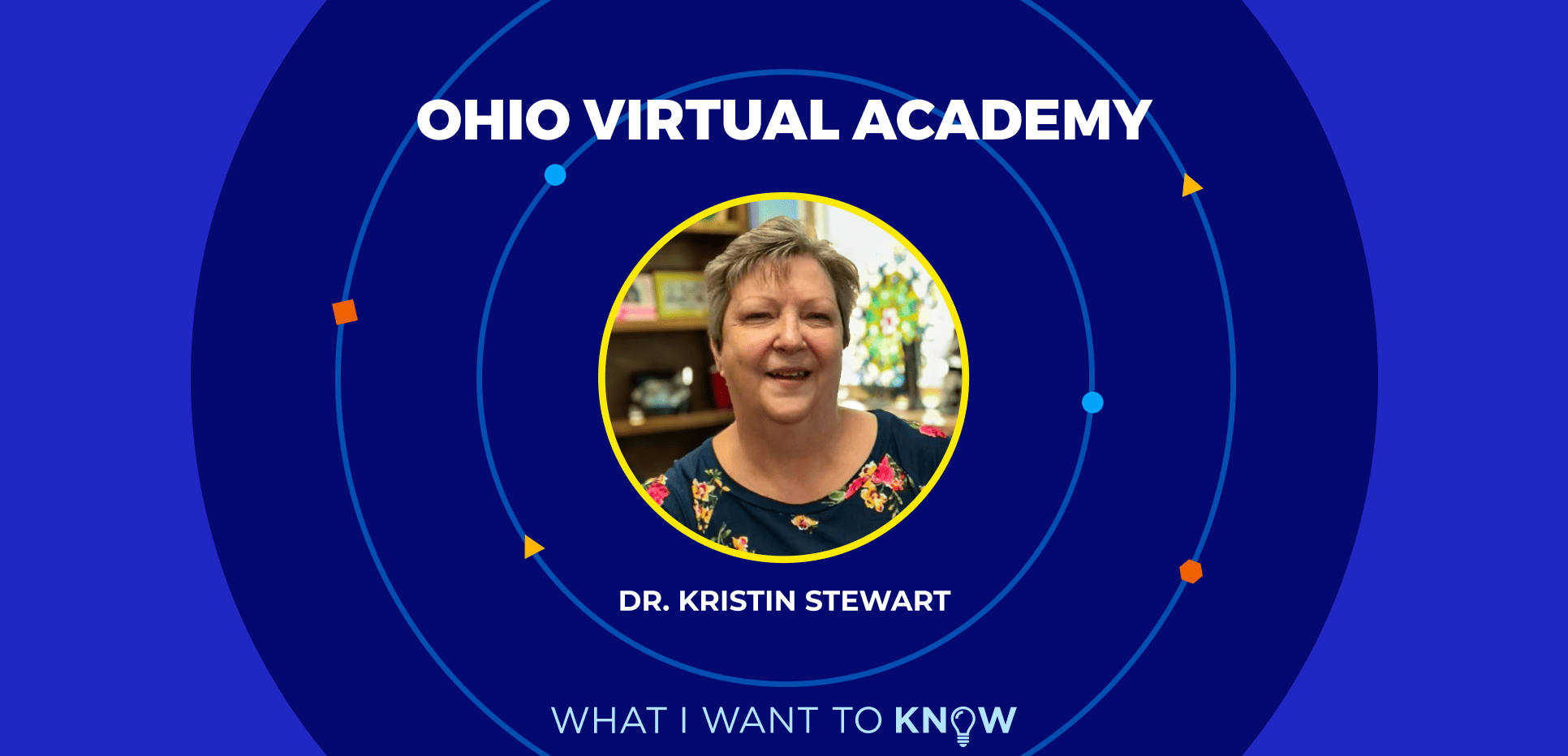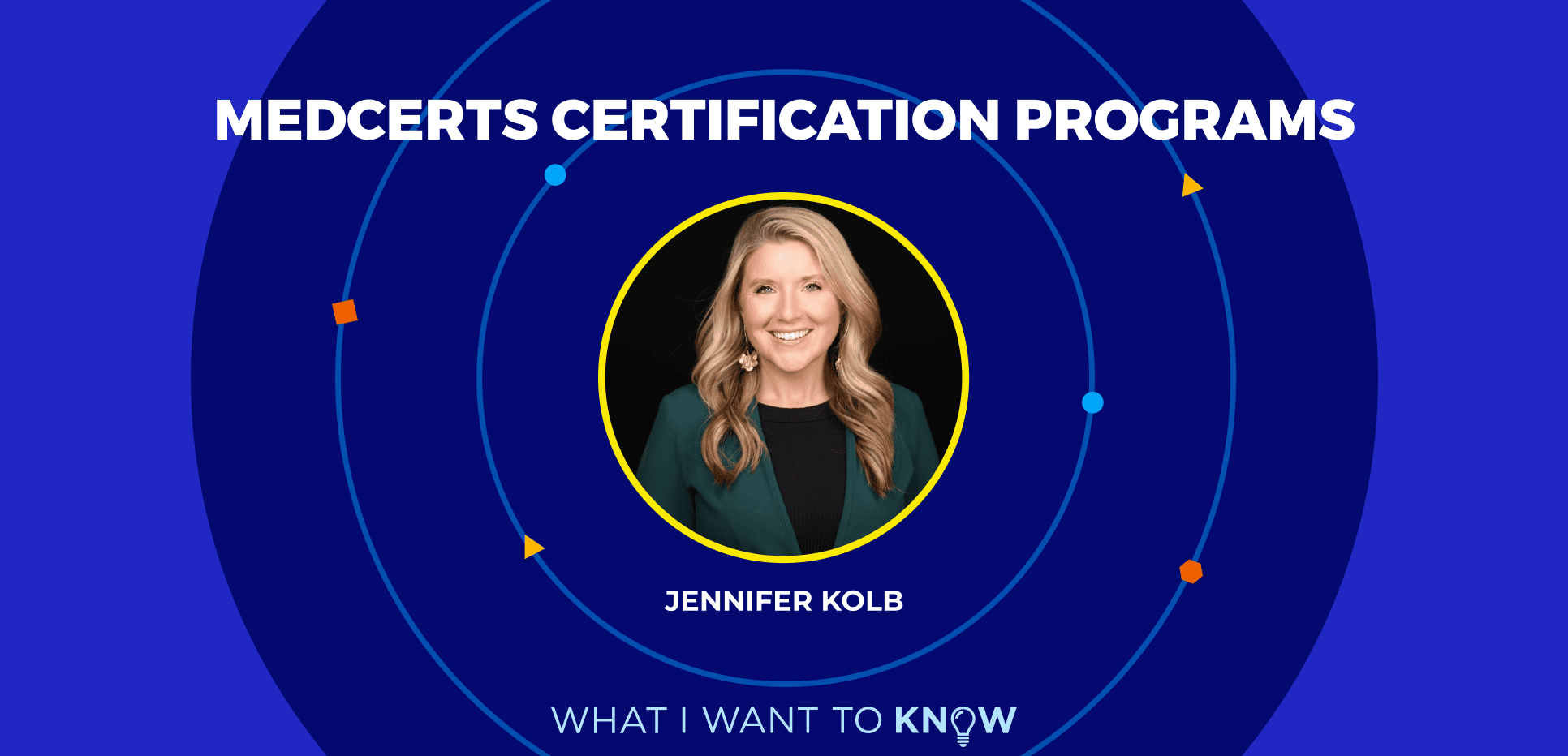Learning to manage money is a critical skill. Yet, 79 percent of teenagers today don’t have a savings account and 87 percent say they don’t know how to manage their money. What can we do to improve financial literacy among young people? Is this a job for parents, for schools, or both? And what do we, as parents and educators, stand to gain from this type of instruction, particularly in communities where financial lessons are often overlooked?
In this episode, Kevin looks toTanya Van Court, founder and CEO of Goalsetter, to explore how we can best prepare our kids to make the right financial decisions today, tomorrow, and throughout their lives.
Listen to the Full Audio
Listen on: Apple Podcast, Spotify
Transcript
Kevin: Learning to manage money is one of the most important things we ever learn, yet 79% of teenagers today don’t maintain a savings account and 87% say they don’t know how to manage their money. What should we be doing to improve the financial literacy of our young people? Is this a job for parents or for schools? And what do we stand to gain, especially in communities where such lessons are often overlooked? This is “What I Want to Know.”
Kevin: And today, I’m joined by entrepreneur, Tanya Van Court to find out. Tanya Van Court is a former executive at Nickelodeon, ESPN, and Discovery Education, who is now the founder and CEO of Goalsetter. Goalsetter is a goal-based saving, smart spending, and financial literacy platform made just for kids and families. With 250,000 users and counting, it is changing the way that young people learn to manage money. Tanya is with us today to explore how we can best prepare our kids to make the right financial decisions today, tomorrow, and throughout their lives. Tanya Van Court, I am so honored to have you on “What I Want to Know.”
Tanya: Kevin, first of all, thank you for having me here. I am more than honored to be here.
Kevin: I have to ask how you latched on this issue. I know your daughter played a role in that.
Tanya: By the time she was 8, about to turn 9, she said, “Mommy, for my ninth birthday, I really only want two things.” I said, “What’s that?” She said, “Enough money to save for an investment account and a bike.” And my first thought was, “I did it.” And I patted myself on the back and said, “Fantastic. We have her using the language of building wealth already so early in her life.” But my second thought was, “If I can get every kid by age 8 in America to say that right there, I can change the world.”
Kevin: And I’m struck by your story, Tanya, because with your education and you ingraining this to your daughter, that’s one thing, but then there’s the basics where some people still go to check cashing stores to cash a check, and they’re paying someone to give them their money. And how do we close that universal gap of financial illiteracy? And I know I wanna talk about Goalsetter, but the mindset associated and the varying levels of ignorance out there. I mean, I know you’ve thought about this even when you were putting it together. I’d like to hear you talk more about it.
Tanya: It exists amongst Morgan Stanley families as much as it exists amongst McDonald’s families. Parents can’t explain to their kids or teach their kids something that they were never taught, right? They just can’t do it. And so what it’s meant is that we have generations upon generations with no financial education or no financial literacy and they’re all just trying to make their way through. And in so many instances, that is not ending up well for that child. That child who is not financially educated is turning into an adult who is not financially educated and they are either, one, not understanding how to build their own wealth or, two, wasting all of the wealth that was built on their behalf. Ninety percent of wealthy families are losing their wealth by the third generation. 80% of middle-class African Americans are projected to have a child who falls out of the middle class.
Kevin: So talk about Goalsetter because part of your objective, as I understand it, was to do the things you just talked about. One, have it be applicable and available for school districts and classrooms where kids are, to have it be engaging, but also to have it be able to provide a lot of teachable moments that kids can use in a valuable way to understand financial literacy. So talk about Goalsetter and what it comprises of.
Tanya: The first part of Goalsetter is that we’re a savings app. We let kids and their parents sign up to safer goals, big or small, short term or long term, doesn’t matter what they’re saving for, goal-based savings. They could be saving for some sneakers. They could be saving for an Xbox. They could be saving for college. They could be saving for their robotics camp this summer. Now, why? Why is that savings component so important? It’s so important because studies show us that kids who have savings accounts in their name are not only six times more likely to go to college, they’re four times more likely to own stocks by the time they’re young adults. So if we could just wave a magic wand and get Goalsetter and a savings account into the hands of every kid in America, then we can fundamentally change their outcomes. But it doesn’t stop at being a savings account, right?
Not all savings accounts are made equal. And I know that there are some districts across the country that have put in place savings accounts for their kindergarten classes through CSA programs. And I gotta tell you, we are getting a lot of feedback that a number of those savings accounts are glitchy. They don’t work well. They are for the parents and not for the kids and so we felt like we had to do more than that. So we’re a savings account plus. And, what’s the plus? The plus is financial education mapped to national financial literacy standards put out by jumpstart.org, kindergarten all the way through 12th grade. But, we’re all rooted in memes and gifs from popular culture and celebrities, and hip-hop artists, and YouTube stars, and Instagram personalities and influencers. Why? Because that’s who kids want to engage with.
Kevin: What has been the response of students to this program?
Tanya: We did something called a Net Promoter Score survey. So with your NPS score, you go and you ask your customers, “How likely are you to recommend us to a friend or a family member?” If you get a 10 or a 9, you count those scores in your favor. If you get an 8 or a 7, you don’t count that score at all. If you get a 1 through a 6, you subtract that score from your 10s and 9s. So there’s a tried and true methodology for this. Anything above 50 as you’re resulting score is considered excellent, almost unheard of. Anything above 70 is considered world-class and truly unheard of. Goalsetter got from the parents that we solicited feedback from a 73. We were on par with extraordinary brands in this country, like Costco and USAA, and even better than Apple and the Ritz-Carlton who were a 68. So we got a fantastic Net Promoter Score, but we also ask kids what they thought of us in the same way. Of the responses we got, we got an 84 amongst teens.
Kevin: Wow. How do you, you know, balance those messages of frugality, investing in stocks, making sure you save money when, you know, particularly with the pandemic, it’s drawn attention to the fact that it’s so much easier for everyone to spend money? How do you balance that?
Tanya: I actually think that post-pandemic, you’re absolutely right, people can easily spend money. They can get food and groceries delivered to their house, which has been a blessing for so many people. They can also get Amazon boxes delivered to their house, which has probably been a curse for many people in many ways. There was a huge number of people in this country who said, “In spite of the fact that all of that is unknown, I have to go to work tomorrow because I don’t have an emergency fund. And I have to show up in that grocery store. And I have to show up as a taxi driver and cart people around. And I have to show up as an emergency worker, whether or not I want to, whether or not I have preexisting conditions because I can’t pay my rent any other way.” And then they saw, you know, their friends and their family members buying an extra freezer and loading that freezer up with food. And they said, “I can’t do that for my family.”
And so, you know, post-pandemic, there has also been this extraordinary awareness of I am in a precarious financial position that could mean life or death if the wrong situation hits our country and I don’t wanna be in this situation anymore and I certainly don’t want my kids to be in this situation 30 years from now if they have to undergo another pandemic. And so what we are finding is adults more than ever before are demanding financial education, financial awareness, financial guidance, financial coaching from their employers.
Kevin: The system’s so used to operating a certain way. How do we break through that log jam? And I know Goalsetter is step one, but this is what I really want to know, how can financial literacy become top of mind to the average American so much so that we see it in media on a daily, weekly basis?
Tanya: So last week we were fortunate enough to sponsor or to partner with the Oakland Roots, the soccer club there in Oakland for a financial freedom night. And on this financial freedom night, we talked about key financial literacy concepts at halftime. We threw Skittles into the audience because Marshawn Lynch is one of the investors in the Oakland Roots [inaudible 00:09:49] and Skittles are his favorite candy purportedly. So we threw Skittles into the stands with a share of Lyft stock attached to those Skittles. We are in, you know, brought to them by Lyft, the corporation. We gave away to some of the kids and Marshawn Lynch’s Fam 1st Foundation. We gave away Lyft stock and Goalsetter accounts to each of those kids. And the point of all of this, Kevin, was to do exactly what you said, elevate the conversation and make it in mainstream media about financial education and financial literacy.
Kevin: What’s next for Goalsetter? I know you have 250,000 students. There are 57 million schoolchildren in America and I know there are a lot more to reach, a lot more school districts. But, what’s the vision for Goalsetter 5, 10 years from now?
Tanya: I started Goalsetter because I wanted to change lives and I wanted to start this financial education movement that you alluded to. How do we make it a movement? So I think the second part of the answer to that about, you know, how do we make it a part of daily lives is really that, you know, what we see is we wanna partner with every organization out there that cares about this issue. It could be a school district. It could be an online education provider. It could be a corporation. It could be a nonprofit. We want to partner with all of them because we don’t think that we’re gonna meet those…we’re going to reach those 57 million school kids that you talked about on our own and we don’t wanna do so on our own. We want to do so in concert with other people who are already touching them and already reaching them and need the right tools in order to expand and extend their financial vocabulary and their financial acumen.
So we can do that part, but we need people like you who are already reaching these kids and loving these kids and educating these kids to say, “Hey, we’ve got one more important component of your toolset that we’re gonna provide to you.” So what can you see from Goalsetter in the next five years? You’re gonna see partnership with banks and financial institutions. We are white labeling Goalsetter for banks so that if you have an account at any major bank or community bank or credit union in this country, you can go to that bank and say, “Hey, do you have a kid’s product? And a kid’s product that doesn’t just teach my kid to send money and spend money, a kid’s product that teaches my kid about saving and investing in key financial principles?” And hopefully, they will say, “Yes. We can give you Goalsetter, powered by our bank.”
Number two, we’re partnering with employers. We’re partnering with employers all across America to offer Goalsetter as an employee benefit. Because, again, you know, if you are working as a blue-collar employee and if you are not barely able to make ends meet, you wanna be able to save some for yourself and invest some for yourself, but do better for your kids too. And so we are partnering with employers to enable them to do that. And then third, I think what you’ll see from Goalsetter is just more creativity, more innovation, more education, more gamification to continue to push the envelope of how we have our kids and families to learn about finances. It’s really important that we don’t slide back to, you know, the old norms that didn’t work. And, in fact, we are current and we are futuristic in thinking about how we tackle this problem.
Kevin: Tanya Van Court, you said one of your goals is to change lives. Well, you’re already changing lives and I thank you for all you’re doing for these children and for the country. Thanks for joining us on “What I Want to Know.”
Tanya: Thank you for having me. I appreciate you wanting to know more about me and what we’re up to at Goalsetter, Kevin. Thank you so much.
Kevin: Thanks for joining “What I Want to Know.” Be sure to follow and subscribe to the show on Apple Podcast, Spotify, or your favorite podcast app. And don’t forget to write a review too. Explore other episodes and dive into our discussions on the future of education. I also encourage you to join the conversation and let me know what you want to know using #wiwtk on social media. That’s #wiwtk on social media. For more information on Stride, visit stridelearning.com. I’m your host, Kevin P. Chavous. Thank you for joining “What I Want to Know.”
Meet Tanya
Tanya Van Court is a former executive at Nickelodeon, ESPN, and Discovery Education. Now, she is the founder and CEO of Goalsetter, a goal-based saving, smart spending, and financial literacy platform made just for kids and families. With 250,000 users and counting, Goalsetter is changing the way people learn to manage money.







